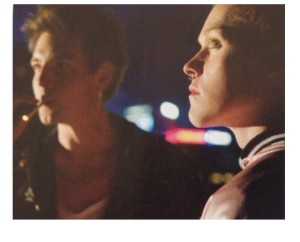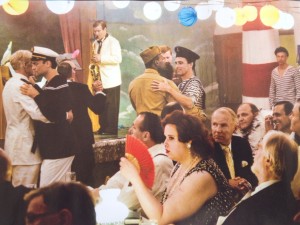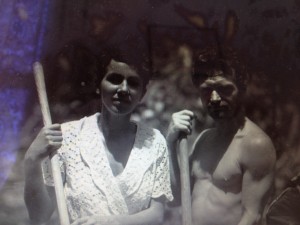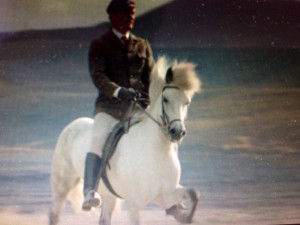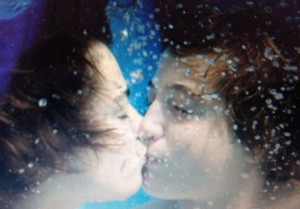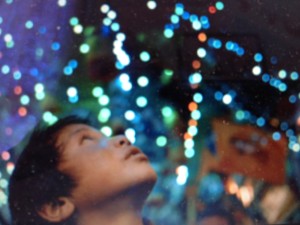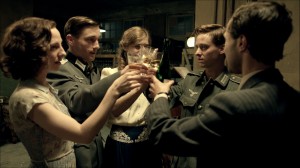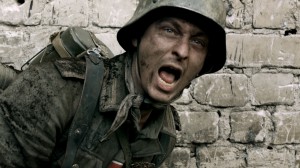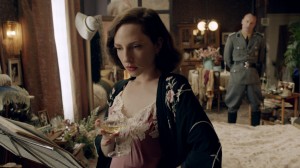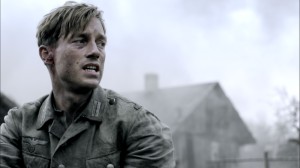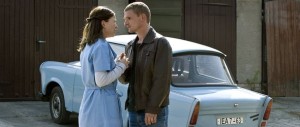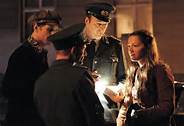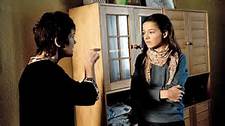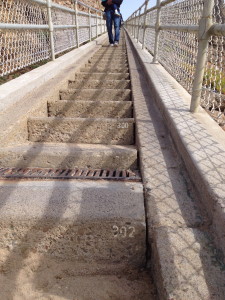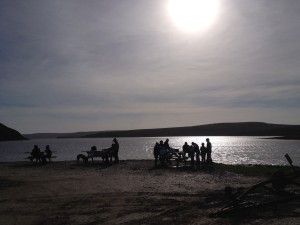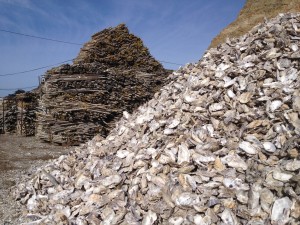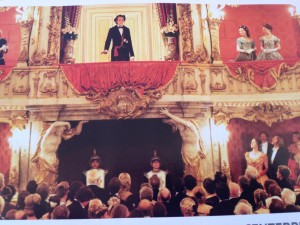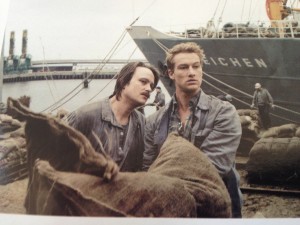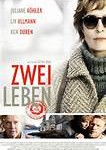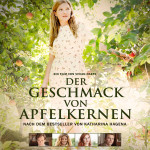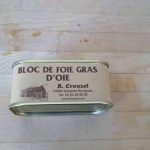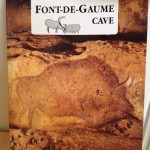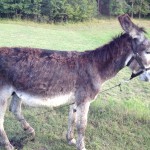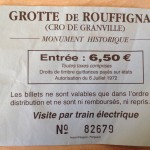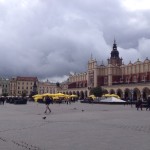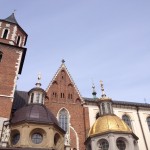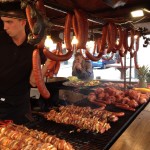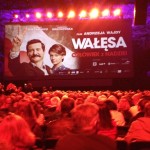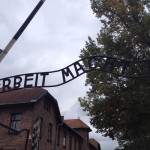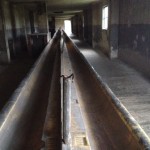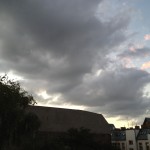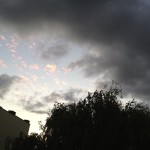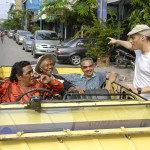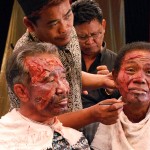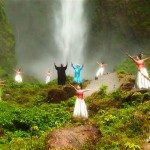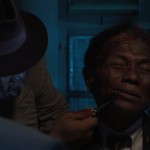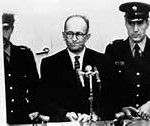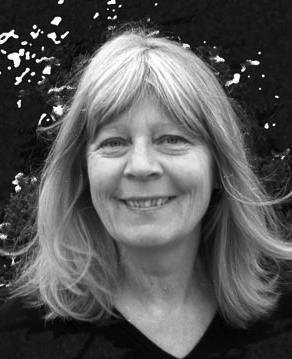The International Film Festival ended a few weeks ago and I only saw a few films that I picked because of country–Iceland, language–Spanish, title–Happiness. There was much more that piqued my interest and, mea culpa for not trying harder, perhaps with granddaughter snuggled up on my arms it would have worked just fine. Let me start my comments with THE GALAPAGOS AFFAIR: SATAN CAME TO EDEN, because it is about crazy Germans, a film shown in SF theaters during the festival by local filmmakers Daniel Geller and Danya Goldfine. I had expected beautiful shots of the islands, of birds, turtles perhaps even Darwin’s stop at the Galapagos, but the filmmakers did not go that way. They focused on what the German couple experienced when they escaped Berlin of the late twenties to live in solitude and barren nature. Looking for Eden they soon found more like-minded people who brought with them what everybody had hoped to escape: trouble. The story turned into a murder mystery that took too long to be solved. We knew the culprits early on and didn’t need everybody’s view of what might have happened. I would have preferred to hear more about the island, what was growing there, what did the Germans plant for daily food supplies, who was living there before them. The limited archival footage had to cover four years of the adventure(1930-34) in a long two hour film. Less would have been more.
Next: Iceland, another remote island. I went there two years ago and loved every bit of it. Did ride the horses, almost got stuck in quick sand, but my strong, little horse made it.
OF HORSES AND MEN, a German co-production – reminiscent of OF MONSTERS AND MEN, an Icelandic pop group, is an homage to the horses, not the men. The horses are used as mirrors for human failures and then punished for it. It is all presented with a light touch, we can laugh about it but still, the horses are castrated and killed to save man in his pursuit for alcohol, sex and horseback riding. In the final scenes, however, the horses are paraded in their full beauty.
CLUB SANDWICH, by Fernando Eimbcke from Mexico City, was supposed to help my Spanish – 3 weeks before the final of Spanish 10c I took at City College. Alas, I didn’t understand a thing, although there was very little dialog in the film. Mother and 15 year old son spoke little and always the same few sentences, but still hard to grasp. Dialect, said my Mexican friend, who had a hard time to understand himself. I was glad. The film was slow, very slow and I like slow films. But something has to happen inside my head to prevent me from getting bored. And I got bored. A mother who could not let go of her son. Shot in the same low budget hotel with no extras around except for an even more taciturne family that arrived half way through with a 14 year old daughter that is active enough to take the son away from his mother. The film was shot on 35mm but shown in a digital format, too bad 35mm projection might have saved it.
HAPPINESS, a touching, poignant statement about civilization, progress and misguided happiness. Beautiful Bhutan, simple people attracted to what many of us have tried to get rid of: TV. The final shots of the film, a European co-proction for ARTE, will stay with you for a long time: a poor family in the high mountains of Bhutan, with open, smiling faces, lots of missing teeth, shiny, black hair that hasn’t been washed in ages, sitting in front of a TV, watching an American ballgame, not understanding a thing but HAPPY.
PS FROM NEW YORK
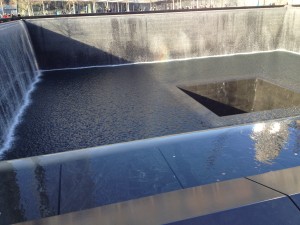
Ground Zero
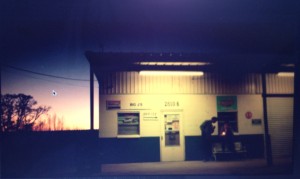
Below Dreams
BELOW DREAMS, a film that my daughter Milena shot, screened at the Tribeca Film Festival when I happened to be there in April. Lucky mom. I had just seen the new memorial built on Ground Zero, walked between glitzy highrises and dark pools that sucked in, not just water but the dreams dreamed in the two towers that once stood above. The title of the film I was about to see could not have been more fitting for the memorial. BELOW DREAMS is a first feature directed by Garrett Bradley, a multimedia artist, who took us on a road trip from New York to New Orleans where three young people tried to put together their shattered dreams. A mother of three, homeless, jobless, wants to be an actress. A black man would would take any job offered to him, and a twenty-something man from New York who arrives by Greyhound in search of his girl friend. Gritty, rough images alternate with long shots of a sunset behind a gas station, or the mother’s distraught look into an uncertain future. A small gem that might not end up in movie theatres but in the New York Times and other print media that noticed it’s beauty.

